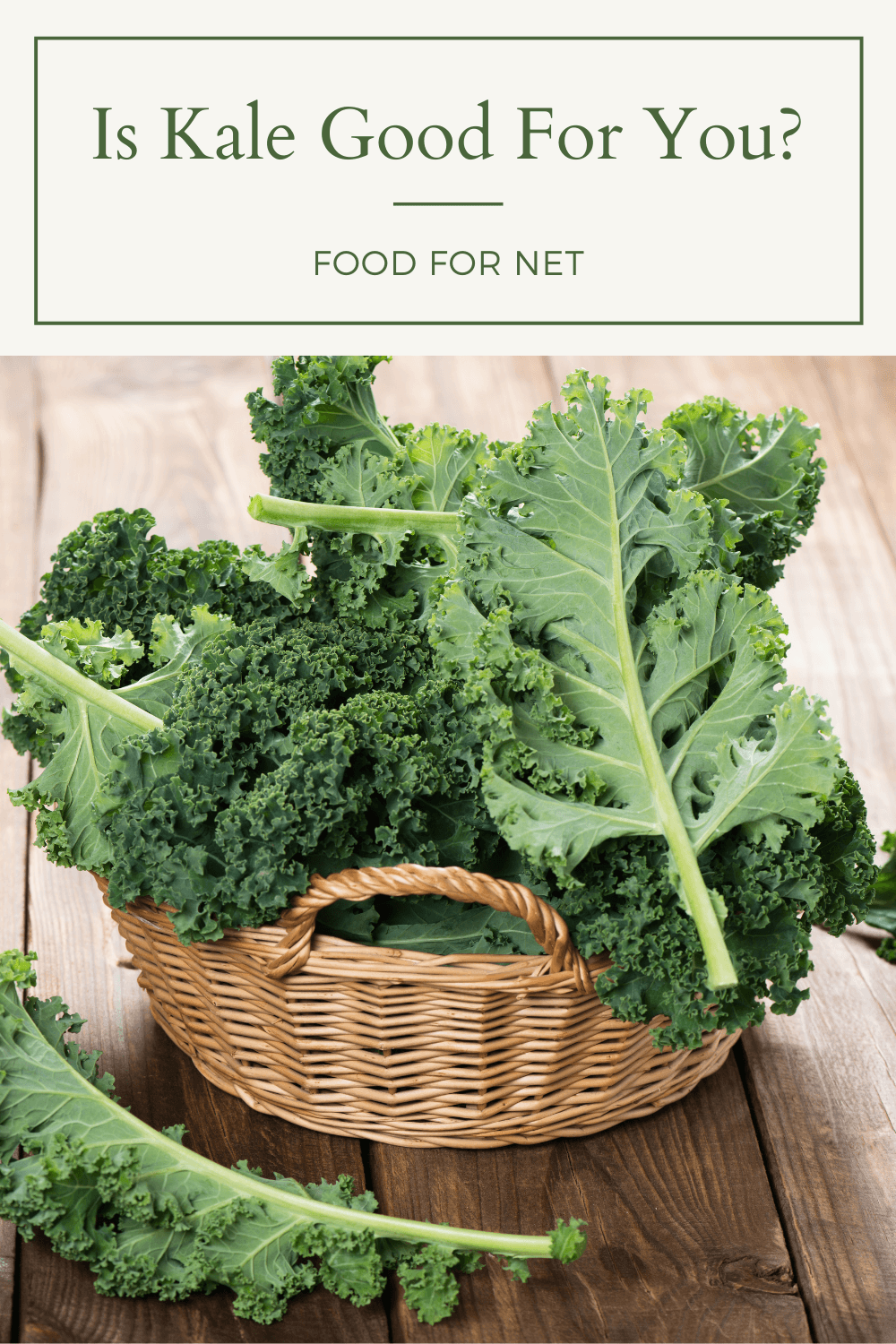
Kale is still one of the most popular dark leafy greens. It rose to superfood status some years back and you could find it featured everywhere. People couldn’t get enough of kale chips, kale smoothies, green juices, and kale salads. With those patterns, there seems little reason to ask, is kale good for you?
Yet, nutrition is a funny thing. You’ve seen all the debate around butter and eggs, right? Both foods are sometimes called healthy and sometimes unhealthy, depending on who you ask and the research you’re looking at.
This happens because foods have many different compounds and a variety of effects on our bodies. Most foods have some positive features and some negative ones.
To look at whether kale is healthy or not, we need to consider both the good features and the bad ones of the leafy green – then see how these balance each other out.
Is Kale Good For You?
- Benefits Of Kale
- Risks Of Kale
- Spinach Versus Kale
- How To Get The Most Out Of Kale
- Types Of Kale
- Final Thoughts
Benefits Of Kale
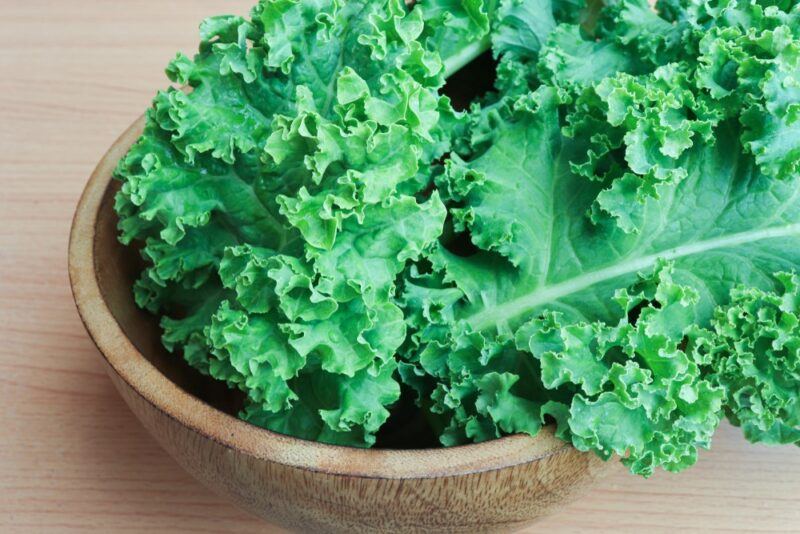
It Is Incredibly Nutritious
Kale is sometimes called one of the most nutrient-dense foods ever. This might sound like an exaggeration, but there’s a surprising amount of support for the claim.
For example, a single cup of raw curly kale gives you far above your daily intake for vitamin A, vitamin K, and vitamin C. There are plenty of other important nutrients too, like various B vitamins, manganese, calcium, and magnesium.
Nutrients like these have many impacts on our health. They give our bodies the components that they need to function well. In contrast, being deficient in nutrients may increase our disease risk or lead to side effects like fatigue, brain fog, or joint pain.
Relying on nutrient-dense foods like kale is an easy way to avoid deficiency and keep everything running nicely.
Kale Is Low In Carbs
Carbs have been coming under more scrutiny than ever before. It’s easy to see why too, as modern diets are often high in processed carbs and refined ingredients, and appear to have directly led to an epidemic of obesity and disease.
Many people are calling for a decrease in carb intake, along with a focus on whole foods instead. Ingredients like kale fit both sets of needs well. You get hardly any carbs per serving and plenty of nutrients at the same time. You’ll even find kale featuring in keto recipes, including those for green smoothies.
The Calorie Content Is Low Too
We can’t forget about calories either. A full cup of chopped kale just contains 33 calories. This is hardly anything, especially when you think about how many nutrients you get in that serving size.
The combination of low calories and high nutrients is why we say that kale is nutrient-dense.
Plus, with so few calories per serving, kale is a simple way to boost your nutrient intake. Why not add some in a meal or sauté kale as a side dish?
May Help You Lose Weight
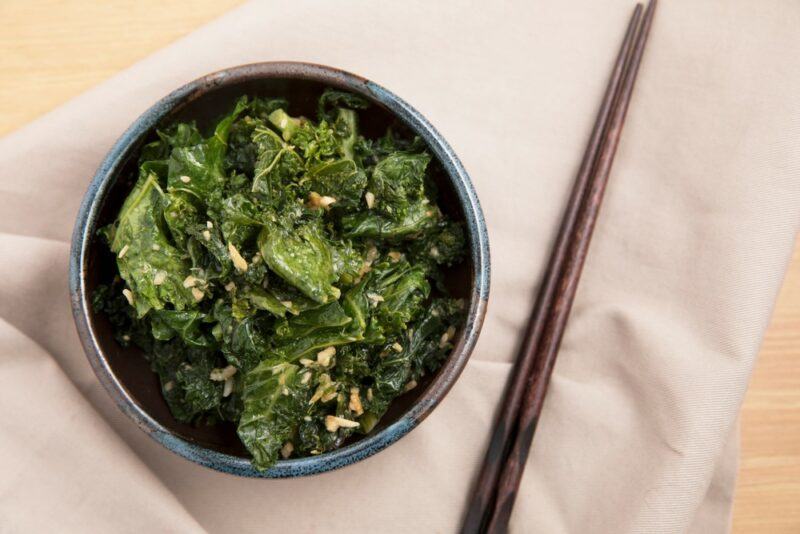
The low calorie content makes kale useful as a weight loss food. It’s an easy way to bulk out many meals, giving you extra fiber, which helps you to feel full faster.
Another benefit is that kale complements many diets. You can even eat it on a keto or a paleo diet, both of which limit your intake of many food groups.
It’s Loaded With Antioxidants
Antioxidants aren’t just found in bright red and purple foods, like berries. Dark leafy greens tend to be high in antioxidants too.
This feature is important, as antioxidant rich foods have been linked to a variety of benefits. For one thing, high levels of oxidative stress can lead to oxidative damage, which has been linked to disease and aging. Antioxidants help combat this damage and lower oxidative stress.
Individual antioxidants can have other effects too, like decreasing inflammation, lowering blood pressure, and improving eye health. Quercetin and kaempferol are two notable antioxidants in kale.
There’s also beta-carotene. This is the precursor to vitamin A and is an antioxidant in its own right. You’ll find lutein and zeaxanthin as well, two antioxidants that are strongly linked to improved eye health.
Could Reduce Cancer Risk
Kale contains multiple compounds that might help to decrease cancer risk, including sulforaphane and indole-3-carbinol. Plus, kale falls into the cruciferous vegetable family and regular consumption of such vegetables might decrease cancer risk as well.
Evidence for the impact of food on cancer risk is always mixed.
Most of the effects found for kale have been observed in the test tube, rather than in human studies. Still, kale offers plenty of other proven benefits, so why not add it to your diet?
Risks Of Kale
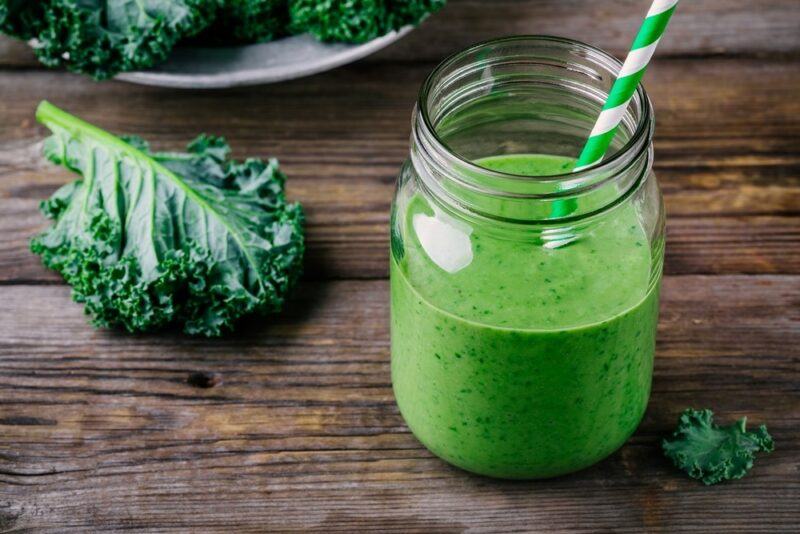
Kale is one of the least controversial ingredients out there. Even so, there are a few issues to watch out for.
You Might Be Having Too Much
Kale’s superfood status has seen many people eating the leafy green left, right, and center, often as part of healthy green smoothies. While kale does have many benefits, eating large amounts of any food can be problematic.
The goitrogens in kale are one reason for this issue. These compounds are common in cruciferous vegetables and may affect your thyroid function and consequently your metabolism.
Now, goitrogens aren’t all bad. They’ve been linked to antioxidant and anti-inflammatory benefits. They may even decrease cancer risk. Research also consistently shows that diets rich in cruciferous vegetables offer many benefits for health.
Still, it’s easy to have harmful amounts of goitrogens, especially if you’re using kale raw in smoothies or juices most days. Cooking the kale helps to decrease goitrogen levels, making the leafy green better for you.
Also, if you’re concerned about thyroid issues and kale, be sure to increase your intake of iodine, as iodine deficiency plays a role in thyroid problems. Seaweed is an easy iodine rich food to focus on.
The Vitamin K Content
Vitamin K is essential for health, so the vitamin K in kale is generally a good thing – unless you’re taking blood thinning medication, like warfarin. This type of medication is designed to decrease your risk of blood clots.
Because vitamin K plays a role in blood clotting, high vitamin K intake can make blood thinning medications less effective. This may put some people at risk of blood clots.
If you’re taking a blood thinner or think you might need one, then you should talk to your doctor about your vitamin K levels. You’ll often find that you don’t need to cut down your vitamin K intake, but you do need to keep it consistent. This way your medication can be adjusted to account for the vitamin K in your diet.
Spinach Versus Kale
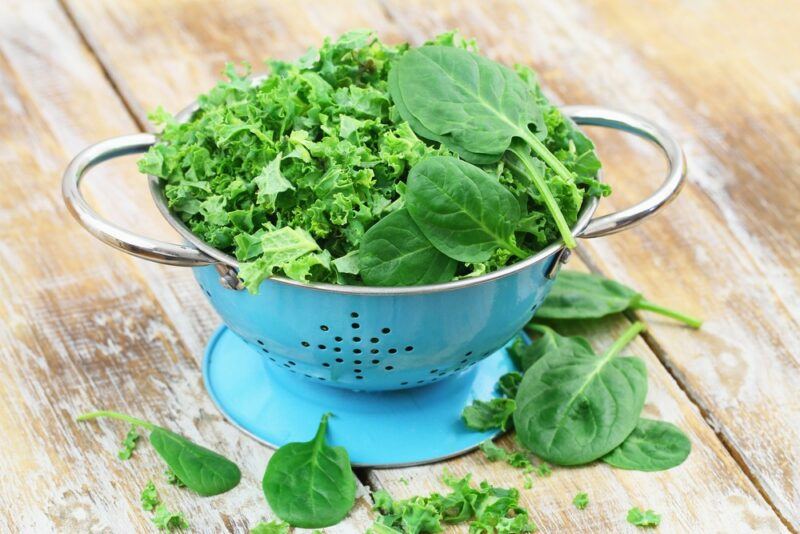
Spinach and kale are both seen as healthy foods. Spinach has a longer history in this role, but kale is often seen as a superfood. So, how do they compare?
Firstly, spinach and kale can be used in similar ways. Many recipes work just as well if you use spinach instead of kale, or vice versa.
The leafy greens also share some key nutrients, including vitamin K, vitamin C, vitamin A, and fiber. However, kale is a more powerful source of vitamin C and calcium, while spinach is higher in vitamin K and vitamin A.
Oxalates are the biggest issue with spinach. These compounds can increase your risk of kidney stones. They may also decrease the nutrients that you absorb from spinach and some theories suggest that they cause issues related to pain and inflammation.
Thankfully, oxalate levels decrease dramatically once the spinach has been cooked.
Kale does contain some oxalates too, but much fewer than you find in spinach and even less once kale has been cooked.
As we mentioned earlier, kale does contain goitrogens instead, which could have impacts on your thyroid function. However, most evidence suggests that moderate intake of goitrogen-rich foods won’t compromise your health.
In the end, kale and spinach are both healthy foods for most people. You don’t need to choose between them anyway. You could easily include both as part of a healthy diet.
The main exception is if you’re at risk for kidney stones or have had one in the past. If this is the case, you may want to avoid spinach entirely and cook kale before you use it.
How To Get The Most Out Of Kale
Many of the vitamins in kale are fat-soluble. We don’t absorb nutrients like these well unless we’re eating some type of fat at the same time. This means that a kale salad with low fat dressing mightn’t be as healthy as you expect.
Plus, kale does contain compounds like oxalates and goitrogens. Lightly cooking the leafy green decreases the concentration of such compounds.
You can easily use some cooking fat at the same time, which will help with nutrient absorption. Sauteing kale with a little grass-fed butter, for example, is a surprisingly nutritious approach and tastes delicious too.
While green smoothies still have their place, it’s best to have them occasionally, rather than every day. Focus on meals instead, ones that use leafy greens as an ingredient or a side dish. This way you have a more balanced diet and aren’t overdoing it with any compounds.
Thankfully, kale is a versatile ingredient. You can use it in many different ways, like as an ingredient in soup or even mashed into your potatoes.
Take the time to remove the middle rib from kale leaves before using the vegetable. Doing so might seem frustrating, but this middle rib is tougher than the rest of the kale leaf and has a bitter flavor. Removing it is an easy way to make your kale taste better.
Types Of Kale
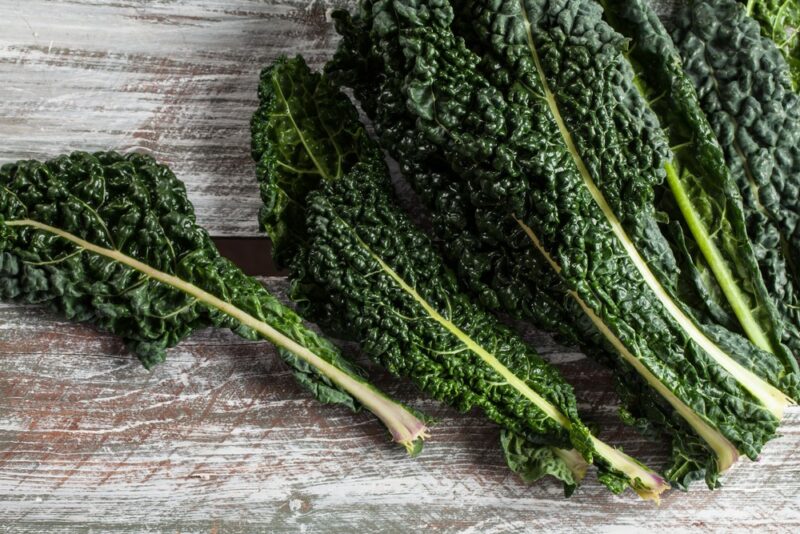
You can also think about the different types of kale. You’re probably familiar with curly kale (also called Scots kale). This is the most common type. It has curly green leaves and a hard stem.
While this variety is the most common, it is tougher than other types and can be difficult to eat raw. If you’re going to have the kale raw, massaging some lemon juice into the leaves can help immensely. Or, you can try one of the other options:
- Baby kale. This isn’t really a type of kale. Instead, it’s just kale harvested earlier. Baby kale has a milder flavor than regular kale and can turn to mush if you cook it for too long. The kale combines well with other leafy greens. It’s also perfect for anyone who doesn’t enjoy how kale normally tastes.
- Tuscan kale or dinosaur kale. This version has a richer color and is more tender than curly kale. It’s easier to use raw and adds a slightly chewy texture to meals, as long as it isn’t overcooked.
- Red kale. This version looks much like curly kale, except that it’s red. The color is the most appealing feature and makes this kale stand out in salads. This coloring also means that the kale has some interesting phytonutrients that could be helpful.
- Premier kale. This is a newer variety of kale that is known for its smooth leaves and strong flavor. The kale is surprisingly tender, making it an excellent choice for salads.
- Walking stick kale is named for the plant’s stem, which can literally be dried, laminated, and used as a walking stick. The kale is interesting as an ingredient too, as it has large leaves that can be used as an alternative to wheat-based wraps.
Final Thoughts
Kale is healthy. There’s little doubt about that. It’s low in calories, packed with nutrients, and contains few carbs. The main limitation is the goitrogens, but you need to be eating a large amount of kale before these become a serious problem.
Cooking kale, particularly with a little fat, helps you to get the most benefits from the vegetable.
It’s also important that you keep your diet varied. There are plenty of dark leafy greens out there, including spinach, Swiss chard, collard greens, arugula, and bok choy. Each type has its own distinct balance of nutrients and plant-based compounds.
Including a wide range of these in your diet will give you more benefits and fewer risks than focusing on a single leafy green like kale. In fact, varied diets tend to have many more advantages than those that focus on a limited number of foods.
Frequently Asked Questions
What Does Kale Taste Like?
Kale has a distinctive flavor. It’s often described as being strong and earthy, but doesn’t have the spiciness found in some greens (like arugula). Young kale is often easier to enjoy, as it has a milder flavor and softer leaves.
Kale is also somewhat bitter. This can be off-putting at first, but the green becomes sweeter and more tender once it has been cooked.
Is Kale Low FODMAP?
Kale is certainly a low FODMAP choice. You can have up to a cup of chopped kale without any issues at all. The same is true for many other leafy greens.
If you have trouble with raw kale, try cooking it instead. Cooked kale is easier to digest and leads to fewer side effects.
Can You Eat Too Much Kale?
You can certainly overdo it with kale, just like you can with any type of food.
Part of the problem is that kale is a cruciferous vegetable. While these vegetables have many important benefits, eating large quantities could potentially interfere with your thyroid.
Don’t forget about the fiber either. Too much fiber can have some serious negative effects on your digestive system, leading to stomach cramps, gas, and bloating.
Realistically, it’s best to stick to just a few servings of kale a week. Eating large quantities each day isn’t a good idea and might even cause harm.
Can Kale Cause Diarrhea?
Yes, kale can cause diarrhea, especially if you consume large amounts. This is partly because of the fiber content. The magnesium in kale is relevant too, along with a carb called raffinose.
Thankfully, the diarrhea side effect should settle down over time. Try having small amounts of kale to begin with, then increase over time. This should allow your body time to adjust and allow you to enjoy kale without side effects.
Is Kale A Diuretic?
Kale isn’t a strong diuretic, but it does have a slight diuretic effect, as it is high in water. Celery and cucumbers are both better choices for helping you get rid of water.
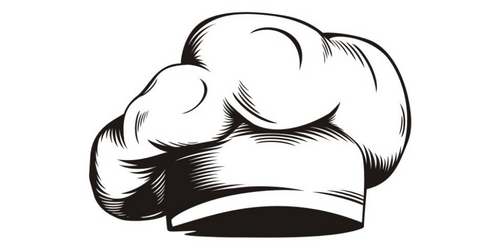
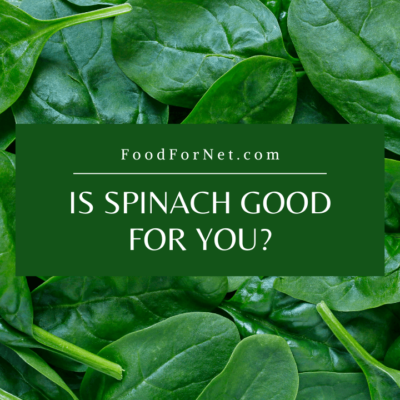
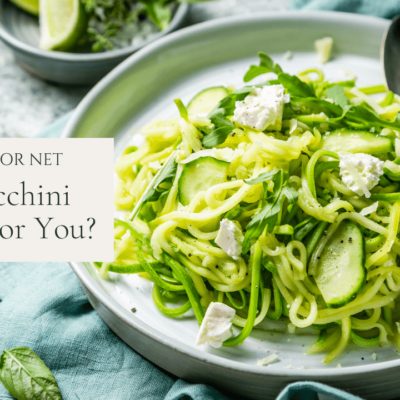
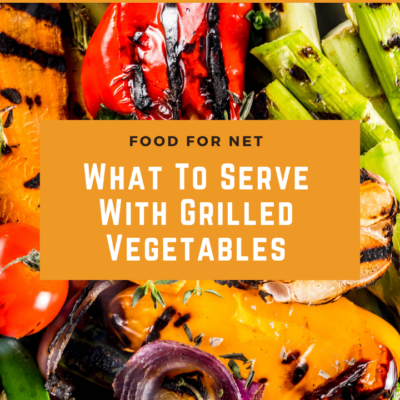



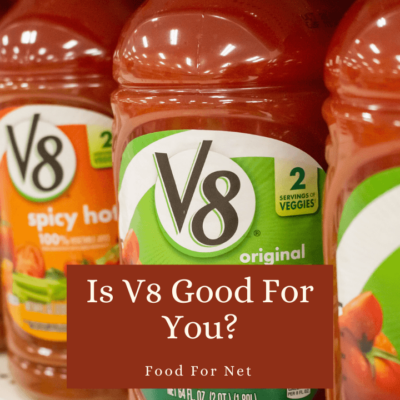


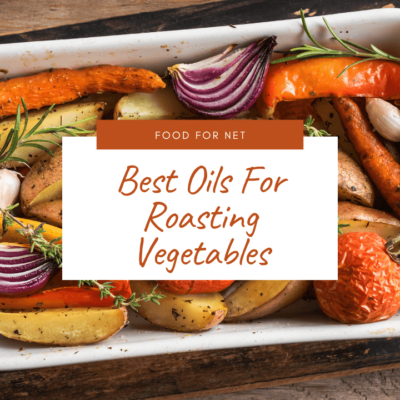
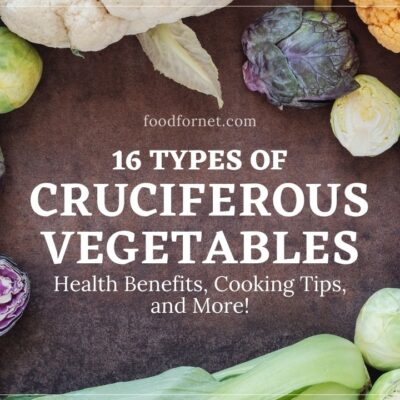
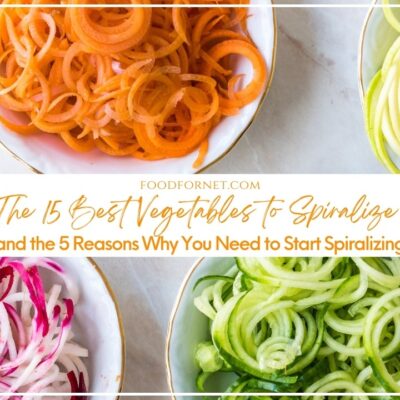


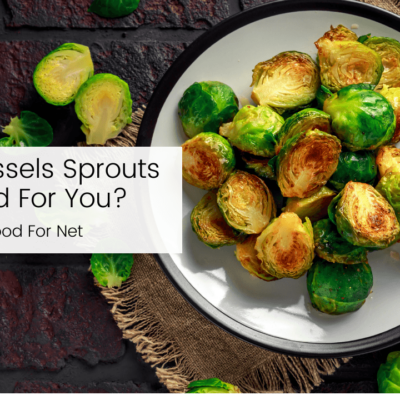
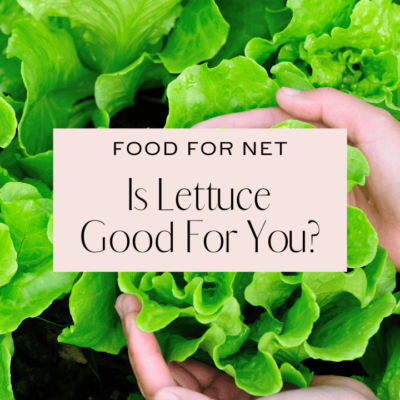
 Is Yogurt Good For You?
Is Yogurt Good For You?
Leave a Reply